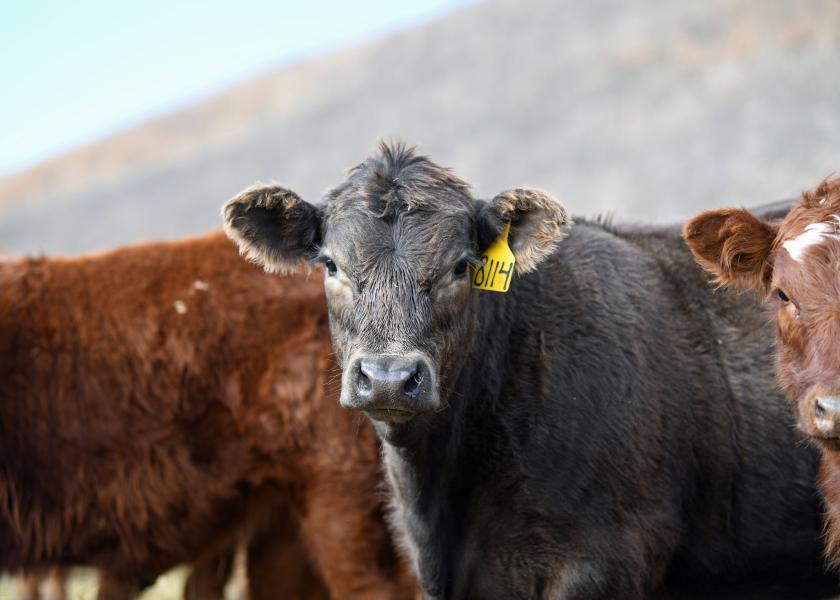Antibiotics 101: Tips for Choosing the Right Treatment for Beef Cattle

This article was written by Ronald K. Tessman, DVM, Ph.D., DACVIM, DACVPM, Beef Cattle Technical Consultant, Elanco Animal Health.
When it comes to choosing the right antibiotic to treat cattle, it should be anything but a guessing game. While there are many factors that weigh into creating a treatment regimen, understanding the different classes of antibiotics and how they work is important to ensure cattle are getting the best treatment response.
A variety of infectious diseases can compromise cattle health, affecting growth, performance and operational profitability. Bovine Respiratory Disease (BRD) is one of the most common and costly. Prevention is the first line of defense against BRD. Having management protocols in place to reduce risk factors, along with a vaccine program, can help protect your herd. But when animals do get sick, it’s vital to identify and treat cattle as soon as possible with the right treatment to ensure the longevity of treatment options and reduce the risk of resistance.
Not all antibiotics are created equal
Every antibiotic has a different mix of characteristics. Knowing the antibiotic class and its characteristics when treating cattle gives a better understanding of how it works. Two of the most common antibiotic classes used to treat respiratory disease in cattle are macrolides and fluoroquinolones.
• Macrolides are time-dependent bacteriostatic antibiotics. This means they must maintain a minimal concentration that is greater than the minimum inhibitory concentration (MIC) over a period of time to overcome infectious bacteria. The MIC is the minimum amount of drug needed to suppress the replication of bacteria.
The longer the antibiotic is present in the animal at or above the MIC level, the more it inhibits bacteria reproduction so allowing time for macrolides to work is critical. In certain “bug-drug” combinations such as tulathromycin and some isolates of Mannheimia haemolytica, macrolides can be bactericidal making initial concentrations and appropriate dosing more critical.
• Fluoroquinolones are concentration-dependent bactericidal antibiotics. This means they only need to reach concentrations above the MIC for very short periods to be effective. In some models, the higher the initial concentration of the fluoroquinolone above the MIC, the more effective the therapy.
How to choose the correct antibiotic
Understanding how an antibiotic works is one step to minimizing the risk of resistance. There are a few things to consider when choosing an antibiotic to make the best choice. They include:
1. Do I know the health history of the cattle being treated? If there was a metaphylaxis treatment with one class of antibiotic, using a different class if subsequent treatment is required may be warranted.
2. Do I know the weight of the animal being treated? Remember when administering antibiotics, the dose is based on weight of the animal. Getting an accurate weight on each animal being treated is important to the success rate of antibiotic therapy.
3. What is the causative pathogen? Necropsies are an excellent tool to understand what bacteria your cattle are challenged with. Cultures can help determine what bacteria is affecting your herd and the best treatment for that strain.
4. Have I read the product label? Once you understand the bacteria strain you’re dealing with, it’s important to choose a product that’s labeled to control or treat that associated bacteria. It’s also important to ensure you are following directions for proper dosage, route of administration and withdrawal periods to get the most effective treatment.
5. Do I have bigger issues to address? When seeing an uptick in BRD cases, we can often put the blame on animal health products. It’s important to remember medicine cannot overcome poor management. Good animal husbandry and management practices, reducing stress and a solid nutrition program are critical to positive animal health.







